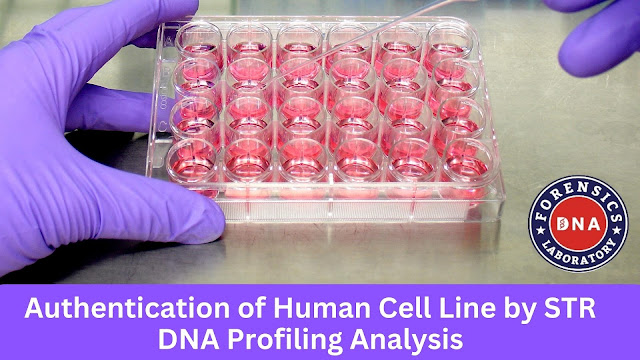Authentication of Human Cell Line by STR DNA Profiling Analysis

Over the past 60 years, there has been a progressive increase in the use of cells as models, substrates, and tools for basic research and industrial applications. The rapid growth in areas like cell biology, genomics, and proteomics has triggered a remarkable increase in cell culture activities, consequently increasing the potential risk of cell line contamination, misidentification, and genetic drift. This ultimately leads research results to false interpretations, correlations, and conclusions. To avoid such risks, a simple molecular technique, Short Tandem Repeat (STR) DNA profiling for human cell line authentication test, is available. If applied routinely in cell culture management can significantly improve the detection of cellular cross-contamination resulting in more accurate assays. Discovery of HeLa Cell Line In 1951, Henrietta Lacks' cervical cancer biopsy led to the discovery of the immortal HeLa cell line. An immortal human cell line refers to a cluster of cells that ...
